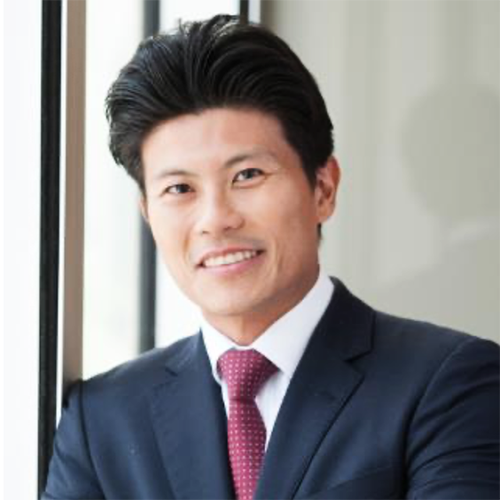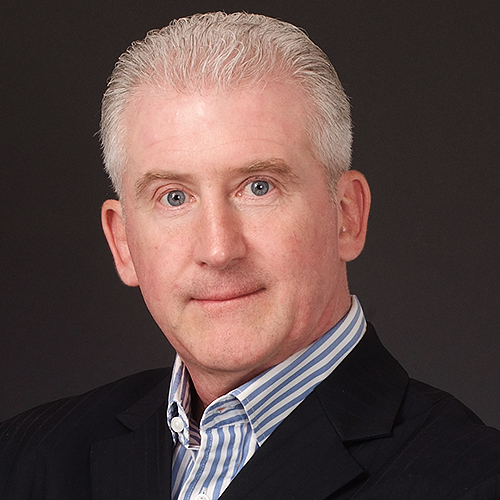With Asian high-net-worth individuals (HNWIs) showing enormous appetite for private equity, fund managers are seeking to tap alternative fund structures that will provide such investors access to assets that used to be available mostly to institutions.
One such fund structure is known “interval funds”, which is similar to the business development company (BDC) fund structure that is more familiar to Asian private equity investors.
Both interval funds and BDC funds are closed-end funds that provide money primarily to small private businesses that can’t get credit from banks. In exchange for these comparatively high-risk loans and equity stakes, interval funds and BDCs can charge high interest rates that translate into large dividends for the funds’ investors.
In terms of features, both funds are US Securities and Exchange Commission-registered structures that can be publicly listed, allows for share redemption, can be continuously traded, has management fees of 1-4% of net assets, and has low and upfront minimum investment.
There is some difference in the types of underlying assets that each structure normally invests in. Interval funds provide access to alternative illiquid securities like private debt, private equity, and real estate, while BDC funds are mandated to finance US small and mid-sized companies from small restaurants to mid-sized retailers and chain stores.
Multi-strategy approach
In October 3 2022, a specialist fund manager known as Benefit Street Partners (BSP), which is owned by Franklin Templeton, launched a multi-asset interval fund in the US market.
The fund takes a multi-strategy approach to investing in US middle market private credit, seeking to generate strong current income and superior risk-adjusted returns across market cycles. Its interval fund structure provides access to potentially higher-yielding, senior-secured, credit-focused strategies not as readily available in traditional fixed income mutual funds.
Since its launch, the fund has accumulated US$54.56 million in total assets as of August 31 2023 and posted annual total return ranging from 8% to 11.85%. Minimum investment is US$1 million.
Starting next month, the strategy will be offered to Asian HNWIs via an online distribution platform. An announcement of the launch is expected in the coming weeks pending regulatory approval.
An example of a BDC fund that is relatively well-known among Asian investors is the private credit fund offered by Blackstone. Launched in January 7 2021, this BDC fund has US$47.8 billion in total assets as of July 31 2023 with ITD (inception to date) total returns of 8.4%.
More flexibility
While both interval funds and BDC funds can provide investors with exposure to private debt and equity, there are some distinctions which Asian investors should pay attention to, says Anant Kumar, managing director and US head of research for BSP at Franklin Templeton.
First, BDCs can be highly leveraged, with some by up to 100-200%, while interval funds have a 50% cap on leverage.
Second, BDCs have to invest 70% of their assets in the form of direct lending to US middle-market companies, while interval funds don’t have such limitation and have more flexibility.
“The way I think about it is, suppose you want to make a very highly levered bet on direct lending, a BDC fund is probably a better bet because you can get more leverage and its very targeted towards direct lending. If you want a portfolio that is focused on private credit, specifically with lower leverage, interval funds are a better flavour,” Kumar tells The Asset in an interview.
Third, interval funds offer more liquidity since redemptions generally take place every three months while BDC funds may have “gates” which can partially limit the ability of investors to redeem from a fund in certain circumstances.
“There is a slight difference in the liquidity between interval funds and BDCs. It’s important because in Asia, people are really worried about the gates. For the interval funds there a limit of 5% per quarter, so 20% per year, but that percentage cannot be changed without a full shareholder vote. So, it’s very hard to make a change of the percentage. While in a BDC, they can change it anytime,” Kumar says.









